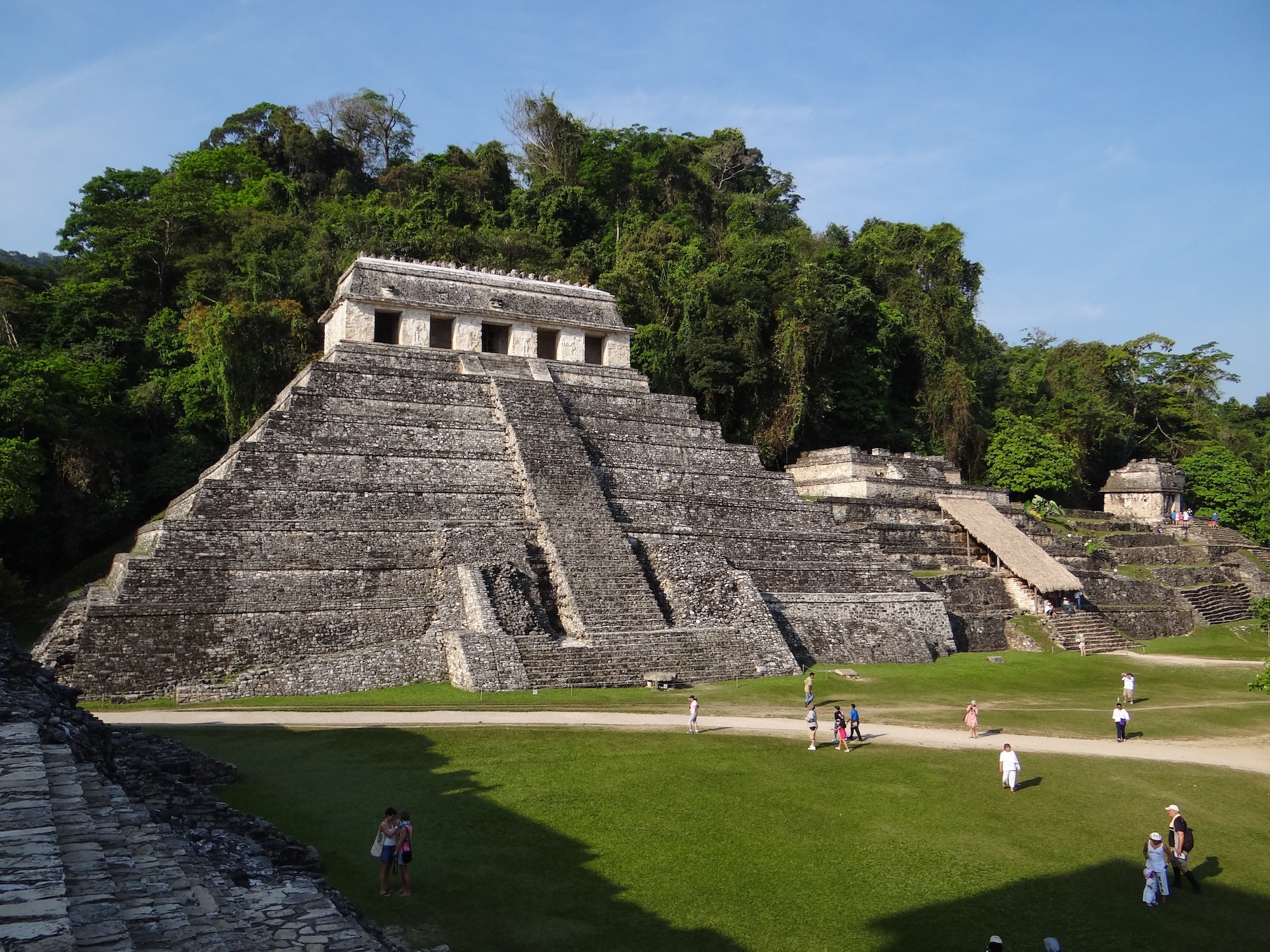In grade school, I was taught that the ancient Mayans had vanished. A whole civilization, with temples that rose into the sky, with vast networks of roads, many of which can still be seen from space, more than nineteen million people—suddenly disappeared.
The truth is they never disappeared. Six million of their descendants live on, today, in Central America. The Maya still hold the majority in Guatemala despite a campaign of ethnic cleansing. In the sixteenth century, Spanish Conquistadors and Old World diseases decimated their population, but by then they were already living in fragmented city-states. The great decline of the Mayan empire occurred hundreds of years earlier. Scientists believe a sustained drought, along with a decline in large game animals, brought on by their own deforestation practices forced them to abandon their lowland cities. If the Conquistadors hadn’t purposefully destroyed so many of their books, maybe we would know more. The Ancient Mayans elaborate system of hieroglyphic writing is thought to be one of the most sophisticated in Mesoamerica.
It’s amazing how much more information I was able to find about the ancient Mayans, now, versus the scant few paragraphs contained in the textbook for whatever grade it was that I first learned about the ‘great mystery’ of the ancient Mayans. Yet, still, much remains unknown. Archaeologists have recently discovered new ruins hidden in the jungle and they expect to find more. Not all the symbols of the Maya glyph system have been deciphered, yet. Which got me wondering: What if they had abilities that went beyond what we can do, today? LA FOG offers one answer to this question.
Edited by Kristen L.F. Valenzuela and Sun Literary for sensitivity and DEI.
